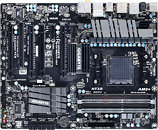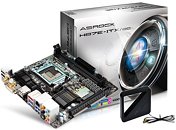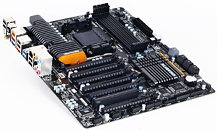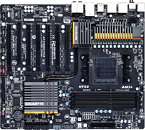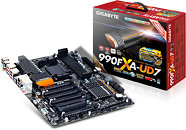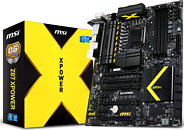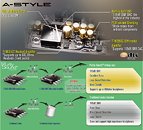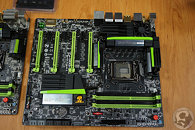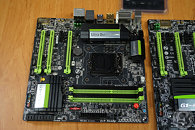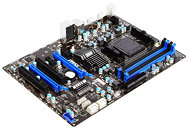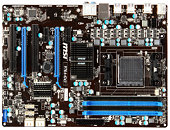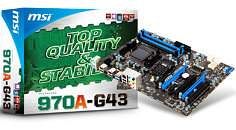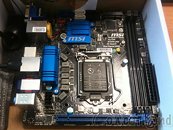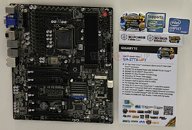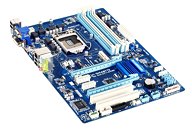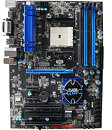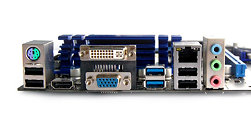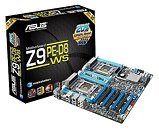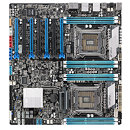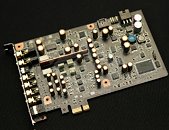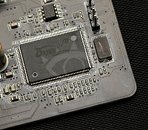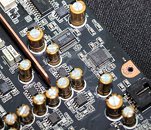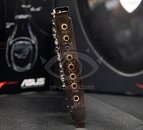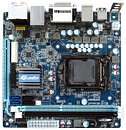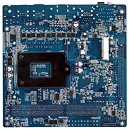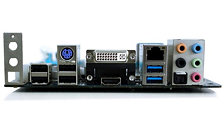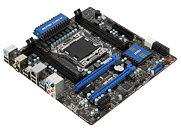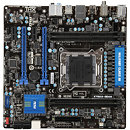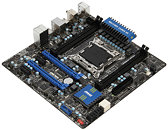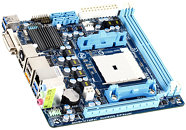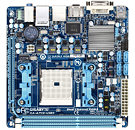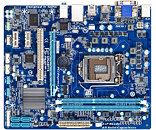Realtek Announces Low Power Consumption USB Ethernet Controller Solutions
Realtek Semiconductor Corp., one of the world's leading network and multimedia IC providers, announced today its USB 3.0-to-Gigabit Ethernet controller. The RTL8153 will target Ultrabook, Tablet, IPC, and Motherboard applications, and support the latest system platforms and features. Alongside ultra low power consumption and package size, the RTL8153 also offers simplified design-in with very low RBOM. It is pin-to-pin compatible with the current USB2.0-to-10/100M RTL8152B.
Realtek also provides an industrial version of the USB3.0 GbE Controller (RTL8153I) that meets heavier demands required for industrial use and features increased operating temperature range (-40 to 85°C) and support for IEEE 1588. The feature rich RTL8152B/RTL8153 USB-to-Ethernet controllers support the latest power saving scheme 'LPM/LTM', which is ideal for the Intel Shark Bay platform and for AOAC for Windows 8 from Microsoft.
Realtek also provides an industrial version of the USB3.0 GbE Controller (RTL8153I) that meets heavier demands required for industrial use and features increased operating temperature range (-40 to 85°C) and support for IEEE 1588. The feature rich RTL8152B/RTL8153 USB-to-Ethernet controllers support the latest power saving scheme 'LPM/LTM', which is ideal for the Intel Shark Bay platform and for AOAC for Windows 8 from Microsoft.

